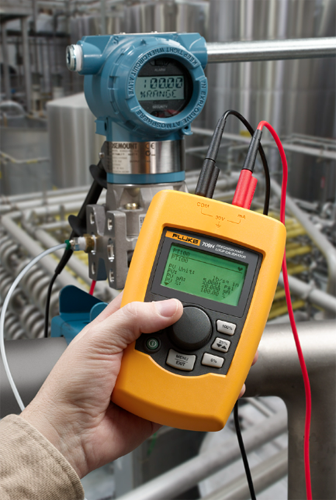
Furnaces,Ovens,Melting Furnaces,Laboratory Incubators,Laboratory Chambers,Laboratory Bath,Autoclaves,Orbital Shaker,Hot Plate andMantles,Tinning Pot/Lead Bath,Process Control Instruments,Digital Controllers,Digital Indicators,Transmitters,Digital Energy Meters,Digital Timers & Counters,Data Logger,Electric Heaters,Thermocouples,Rtd Sensors Calibration
• Includes furnaces, ovens, incubators, chambers, baths, autoclaves, orbital shakers, hot plates, mantles, tinning pots/lead baths, process control instruments, data loggers, electric heaters, thermocouples, RTD sensors, and various other equipment.
• Also mentions various types of industrial ovens, melting furnaces, incubators, and water baths.
Calibration Scope
• Calibration of a temperature and/or humidity controlled enclosure involves determining the deviation between the display values of the enclosure and the corresponding values measured in the enclosure.
• Other parameters like air temperature/humidity spatial distribution, temporal stability over a representative period of time, thermal inertia, recovery time can also be specified.
Cost-effectiveness of Calibration
• Calibration of the enclosure indication is not the best method for documenting the environmental condition during operation.
• Calibration should be more extensive to meet the requirements of the customer’s activities with the enclosure.
Laboratory and Customer Agreement
• Lab and customer must agree the scope of the calibration requested, duration of the test, parameters to be determined, loading conditions, etc.
• Calibration conditions must be recorded by the laboratory.
Challenges in Calibration
• Calibration of an enclosure requires at least the determination of several parameters, including air temperature/humidity spatial distribution, temporal stability over a representative period of time, uncertainties associated with the working standard used for the calibration, radiation effect associated with the emissivity of the temperature sensor and sensor dimension, time-dependent temperature differences between air, measuring probe(s), and load in the enclosure, sensitivity to temperature changes with probes placed in air or in a buffer (liquid, block), influence of loading of the enclosure to the spatial distribution and temporal stability of air temperature and humidity, influence of ambient conditions, and resolution of indicators.
Proficiency Testing
• Acclimatization of enclosures is typically conducted in the customer's premises, excluding initial calibration at the manufacturer.
• It is recommended to use a well-characterized enclosure in an independent institute for proficiency testing.
Certification Validity
• The calibration certificate for temperature and humidity controlled enclosures is valid only for the air temperature and humidity in the empty useful volume of the enclosure.
• Radiation effects can affect measurements in climatic chambers.
• Objects in the useful volume will generally not assume the air temperature prevailing during calibration due to loading conditions, position, size, and material not conforming with the thermometer used for the calibration of the enclosure.




